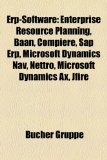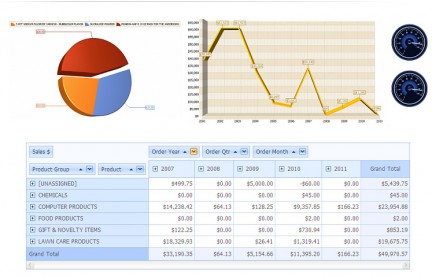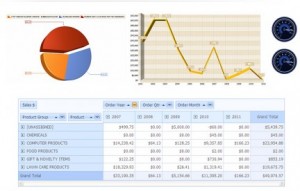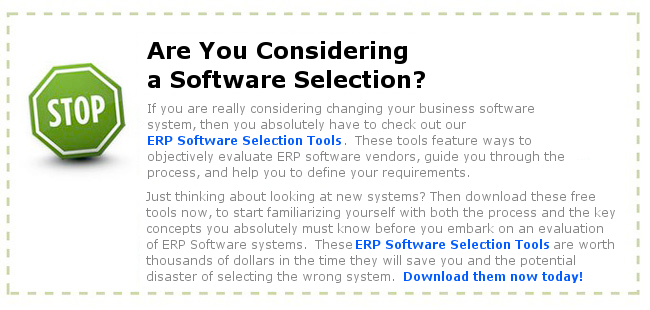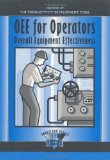Computer slowness can be caused by the variety of points among which can be 2 categories: hardware or the software. The computer hardware is physical part of computer system, for example, a parent payment, the processor, memory etc. The computer software is all programs and the appendices established on the personal computer. The software includes operating systems, as Microsoft Windows XP or Vista and all appendices, such as Microsoft Office, Photoshop etc.
It is necessary to check up:
* Start of programs
* Protection against viruses and espionage scanning
* Hard Drive Out Of Space
* Fragmentation of a hard disk
* Bad sectors or the damaged files
* The Overheat because of a dust
The most widespread reason of the slow computer is not necessary appendices in a background mode. When new program appendices are established many times over they will be adjusted on the beginning automatically at computer loading.
These appendices are not always necessary, and will occupy a part of operative memory of the computer (RAM) which in turn, will slow down computer work downwards. To check up that the appendix will be started automatically, presses button “Start-up”, then press the button to Execute, and then press the button APPRX. After system Configuration Utility is opened, press the insert Automatic loading.
Cancelling of any programs on the insert will not delete them from the computer; it will be simple to hold them from automatic start each time. I recommend cancelling all appendices, which you do not need. If you see the software which does not recognize it there can be instructions from virus espionage programs.
If your computer works slowly, it, most likely, is infected by a virus and / or espionage programs. Everyone should have the anti-virus software established, updated and works for all times.
You should hold it always updated, and regularly scan system on presence of viruses. The majority of anti-virus programs do not check on presence of espionage programs so if your computer is infected by espionage, you should download specialized removals of the espionage software. There are 2 programs, which I use all the time, Spybot and Adware; they are absolutely freely to use. After loading and installation of these programs, make necessarily execute updating and scanning of all computers.
If files are stored on your computer on the rigid disk they are not always stored in the most effective way and can become fragmentary character.
For start of the utility of a defragmentation press button “Start-up” choose Programs-> Standard-> system tools-> Disk Defragmentation. Defragmentation process can occupy from 5 minutes till several hours. I recommend to make defragmentation of a hard disk of the computer once in a month.
One more reason of the slow computer can be damaged file system or bad sectors on a hard disk. Bad sectors can damage the file system which can slow down work of the personal computer or even keep its display.
Now they are all over the world – the diverse and versatile computers. No matter if you need them for game or work or for serious industrial processes, in any case the computer hardware must be top quality.
But this computer hardware is flooded with all sorts of offers. That is why it’s vitally important to visit this blog and read computer hardware tips that will help you to choose great stuff for your computer.
Today we are living in the world where information makes life easier.
That is why if you are properly armed with the information in your sphere of interest you can be sure that you will always find the solution to any bad situation. So, please make sure to get back to this web site on a regular basis or – the least time consuming way of doing it – sign up to its RSS. In such an easy way you will have your hand on the pulse of the latest info updates here. Blogs can be helpful, you just need to understand how to use them.
